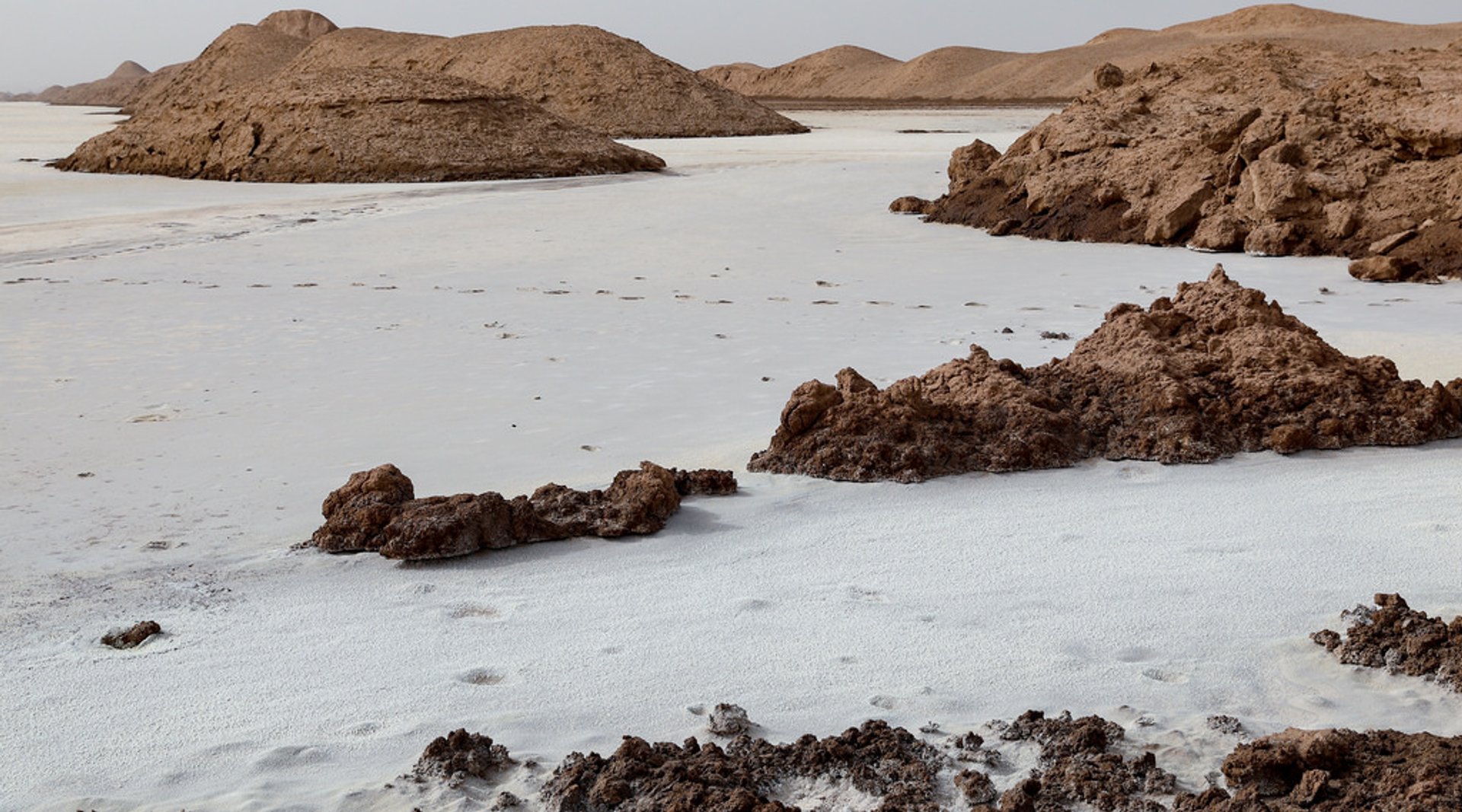Dasht E Lut Desert Iran Dsrt In 2024 2025 Rov M
The lut desert is in the southeast of the islamic republic of iran, an arid continental subtropical area notable for a rich variety of spectacular desert landforms Located in the southeast part of the country, on the provinces of kerman, south khorassan and sisan baluchistan, it has been inscribed as a world heritage site by unesco in 2016. At 2,278,015 ha the area is large and is surrounded by a buffer zone of 1,794,134 ha
Lut Desert (Dasht-e Lut) in Iran 2024-2025 - Rove.me
In the persian language ‘lut’ refers to bare land without water and devoid of vegetation. Between june and october, this arid subtropical area is swept by strong winds, which transport sediment and cause aeolian erosion on a colossal scale. Lut desert, desert in eastern iran that stretches about 200 miles (320 km) from northwest to southeast and is about 100 miles (160 km) wide.
A unesco world heritage site introduction
Located in the southeastern part of iran, it spans approximately 120,000 square kilometers, covering nearly 10% of the country’s total land area. However, this scorching superlative is not the only thing that makes this region unique. When it comes to natural wonders, iran is home to some of the world’s most unique and stunning landscapes. Recognized in 2015 as iran’s first natural unesco world heritage site , this desert is famous for its unique natural phenomena and breathtaking.
The salt desert is notable for its rich variety of landforms and some of the world’s tallest sand dunes It is also one of the hottest places on earth In persian, “lut” refers to bare land devoid of water or vegetation. Iran desert comprises of 2 major deserts

Desert in iran attracts millions of tourists from around the world come to iran to either solely visit best deserts in iran , or have an exotic experience of desert as part of their cultural iran tours.
Mainly in the province of kerman.lut became the first natural world heritage of iran after it’s inscription on unesco’s world heritage list on july 17, 2016. It spans over 51,800 square kilometers and is a unesco world heritage site. Lut desert these deserts boast stunning landscapes, including salt flats, sand dunes, and surreal rock formations, attracting travelers from around the world.



Detail Author:
- Name : Buford Heaney
- Username : lydia21
- Email : ardella.schuppe@kutch.net
- Birthdate : 2006-01-25
- Address : 39744 Davis Keys West Riley, NH 63702
- Phone : (458) 742-4010
- Company : Daugherty, Jacobi and Corwin
- Job : Metal Molding Operator
- Bio : Et est architecto similique consequuntur doloremque culpa. Tempore vel nostrum facilis enim pariatur. Beatae eos voluptatibus nulla dolor. Odio alias maiores eum in quo.
Socials
tiktok:
- url : https://tiktok.com/@ggutmann
- username : ggutmann
- bio : Placeat ab est ut. Vero nihil quia aut et similique.
- followers : 3705
- following : 238
facebook:
- url : https://facebook.com/gutmanng
- username : gutmanng
- bio : Voluptate aut velit non facilis vitae expedita est. Et autem autem quam et.
- followers : 5101
- following : 1874